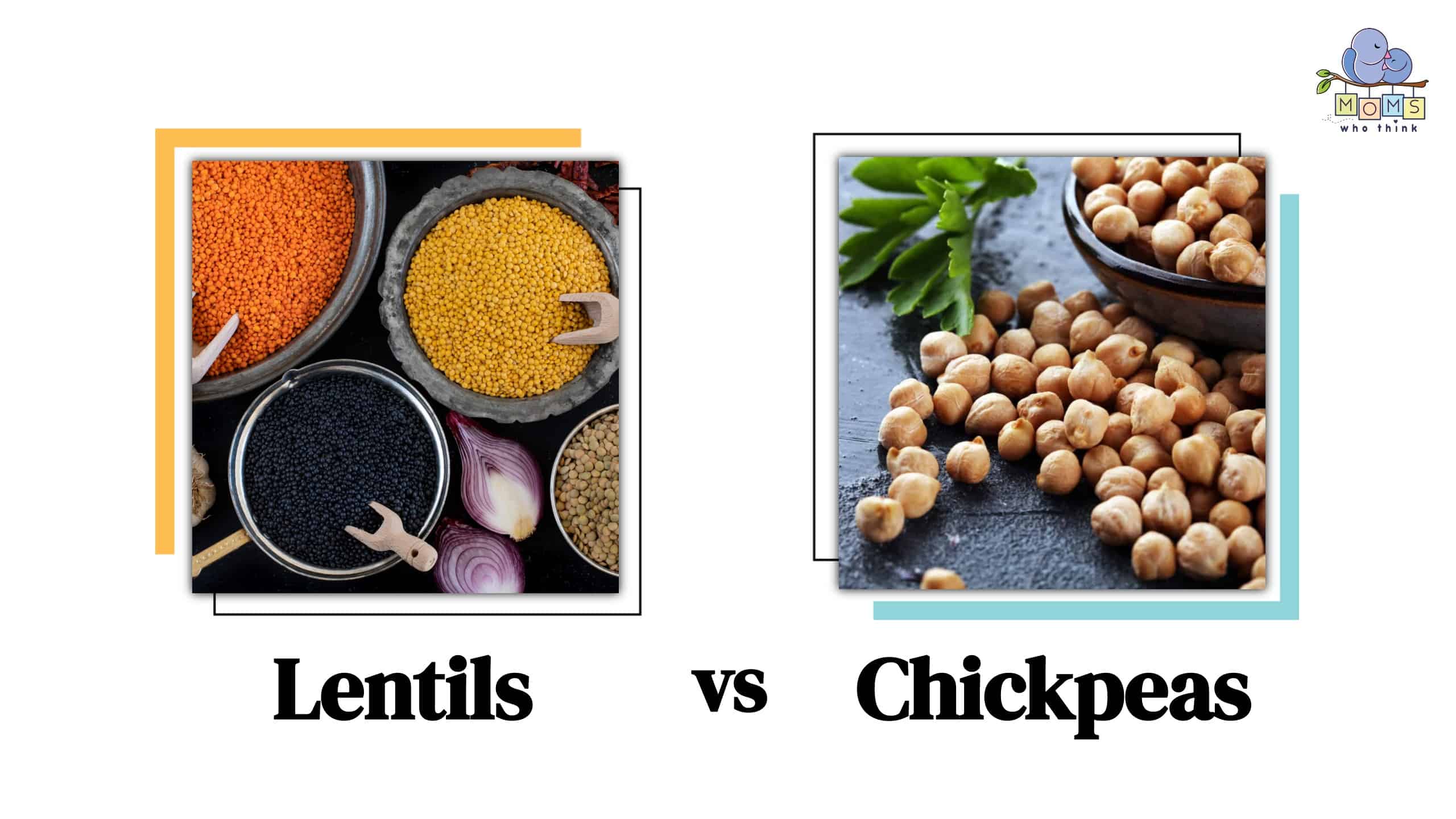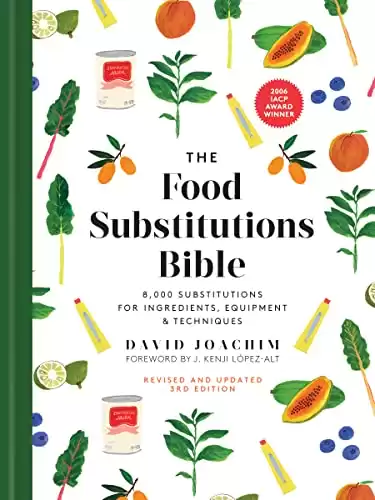Lentils are considered to have a higher nutritional value in terms of protein. That’s not all, it’s a wonderful choice for anyone looking to include it in their weight loss diet regimen. This is mostly because it leaves you feeling quite full and you may not need a snack or meal for the next couple of hours.
On the other hand, chickpeas are also rich in protein but take much longer to cook than lentils. It may take up to about two hours for them to attain the desired soft texture.
In this post, we’ll look at the main differences between these two kinds of cereals, and which one you should consider as your side dish for dinner tonight.
What are Lentils?
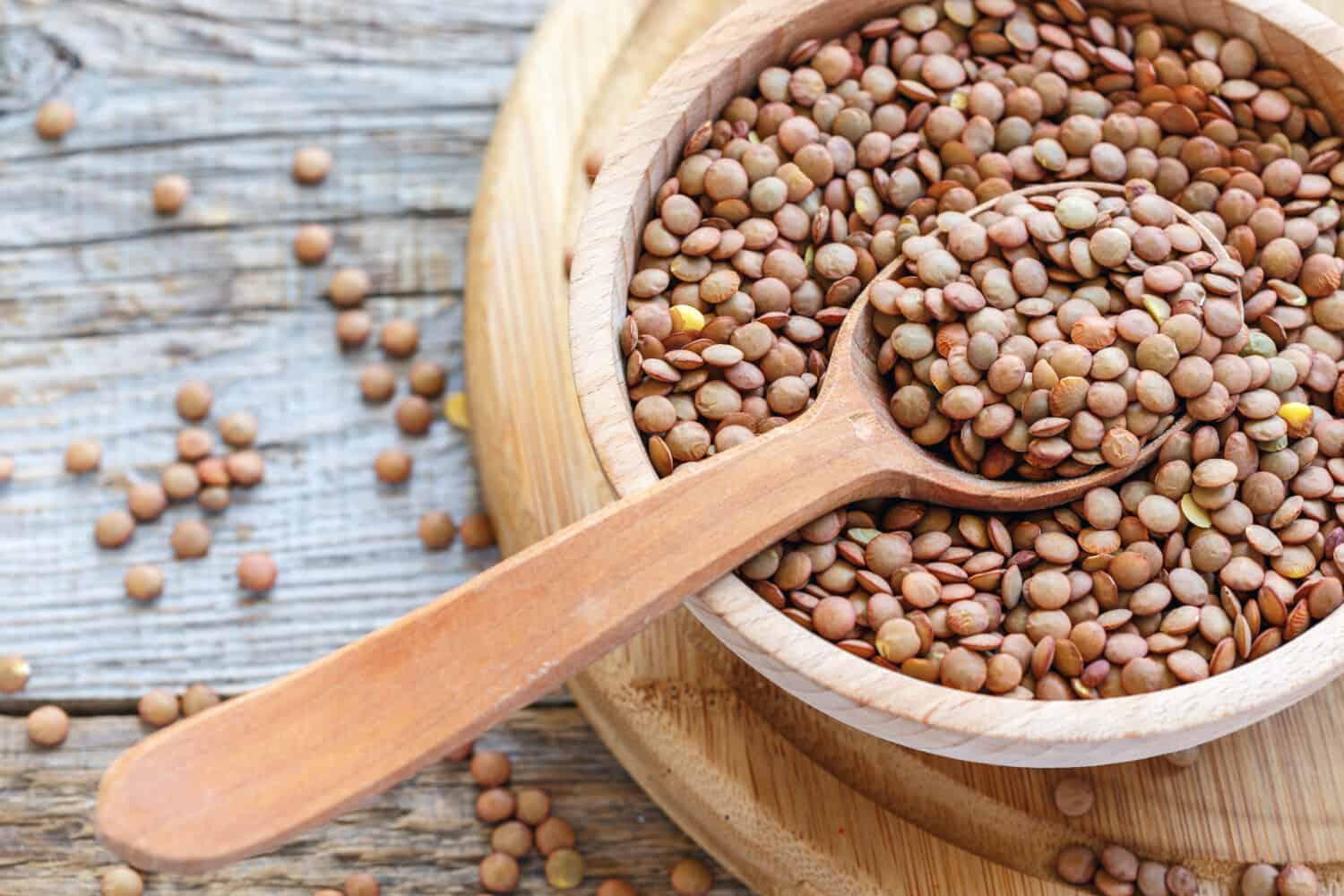
©SMarina/Shutterstock.com
These are leguminous seeds shaped like a lens and are known to be rich sources of protein and fiber. They are gaining global popularity thanks to their numerous health benefits and awesome taste when cooked to perfection.
Origin
Lentils first gained domestic status in the Near East, then spread to some parts of Africa, Europe, and the Middle East. It was first regarded as a poor man’s diet because it was easier to come across, compared to its leguminous counterparts.
People from these parts of the world embraced it and grew it due to its simple requirements to grow and cook them, and their ability to withstand harsh weather conditions. With time, farmers learned what it took to keep pests and diseases away and also treat them when they arose at some point.
- The must-have convenient reference guide for every home cook!
- Includes more than 8,000 substitutions for ingredients, cookware, and techniques.
- Save time and money on by avoiding trips to grab that "missing" ingredient you don't really need.
Lentils also became quite popular because they were available even during times of drought when other food crops were on the diminishing end. They were multipurpose in nature as they stood in when animal proteins such as poultry, fish, and others became extinct for some reason.
How To Cook Lentils
You’ll be amazed at how simple and enjoyable it is to make a bowl of lentil stew. It is quite a versatile dish that you can serve on the side every once in a while. Here’s how to prepare them:
First, wash them under running water and using a colander. Do this thoroughly to ensure no form of dust or dirt is left behind. You can follow this up with soaking for a few hours to make the next stage easier and less time-consuming. This stage is optional.
Boil your lentils to your desired temperature using either your stove or pressure cooker. Pick one that will save you time and deliver sumptuous results.
Next, gather your desired condiments and spices that will ensure your entire kitchen adopts an inviting and delicious aroma.
Mix them all together and give them all room to get soaked in under low heat before serving.
Health Benefits of Lentils
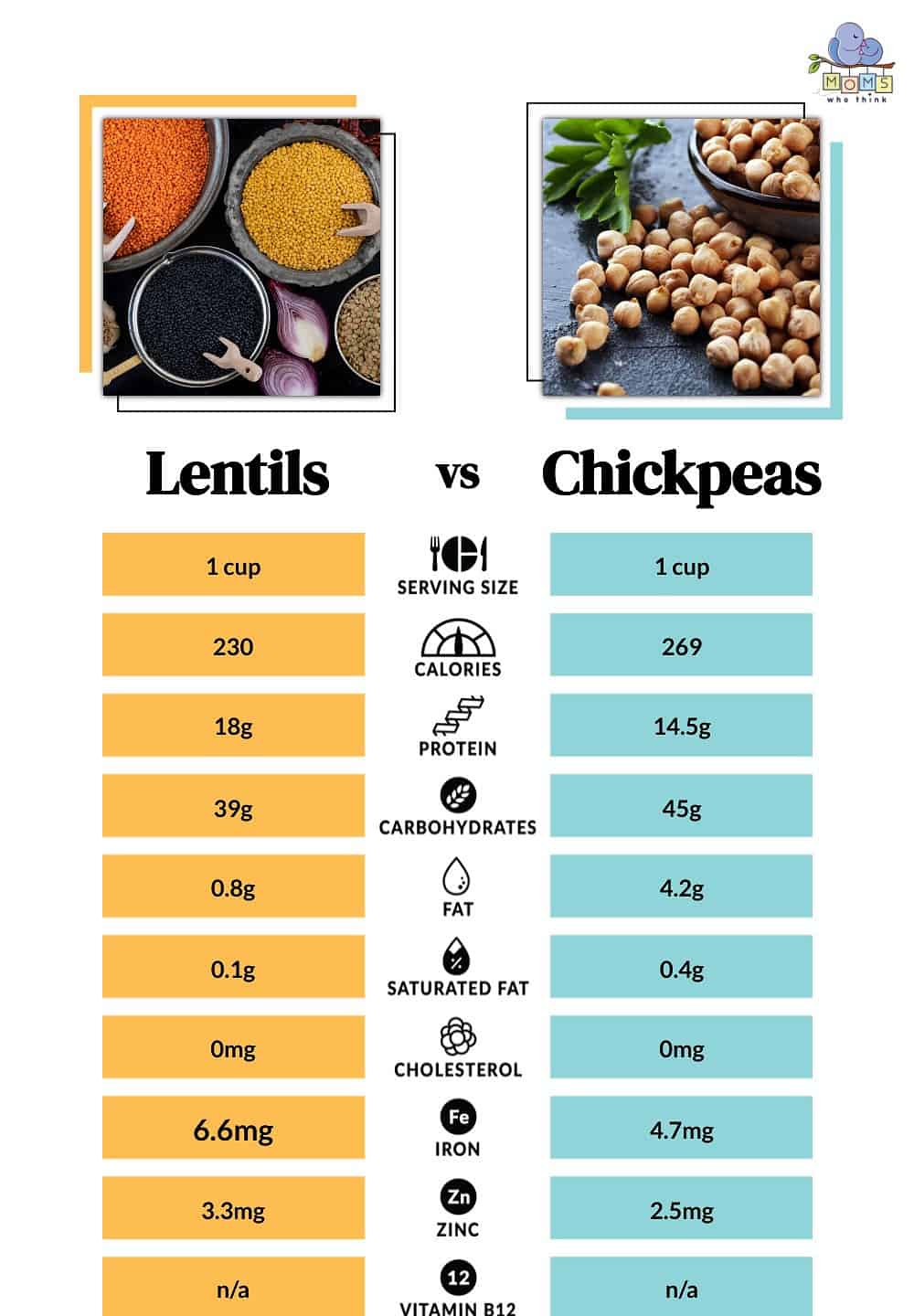
©
We’ve already mentioned that lentils are rich in protein and fiber. Guess what? They contain a collection of wide variety of nutrients and minerals too. They include; potassium, folate, and iron.
It may interest you to learn that a cup's serving of lentils contains 0.8g fat, 18g protein, 5.1g fiber, 6.6mg iron, 30 mcg folate, 39g carbohydrates, 230 calories, and 40 mcg selenium.
Here are the health benefits you stand to gain when you include lentils in your meal plans. They can fit anywhere within breakfast schedules, lunch, dinner, and even a light and healthy snack for those on a diet.
- Helps manage cholesterol and blood pressure: The presence of potassium, fiber, and folate makes this possible.
- Improve digestion: Fiber in lentils plays this role effectively and ensures a smooth and consistent bowel movement.
- Manages blood sugar: As much as lentils contain carbohydrates, their glycemic index is low. This slows down the rate at which energy is released into the bloodstream. The fact that they are very filling helps consumers not to overindulge. This leads to yet another benefit of managing one’s appetite.
- Ensures a healthy heart: Lowering cholesterol and maintaining normal blood pressure are among the most excellent ways to ensure a healthy heart. Fiber, potassium, and folate are key players in this specific matter.
- May help keep chronic diseases away: The likes of obesity, diabetes, and heart disease are becoming a menace in today’s world. Lentils are a sure suggestion for those looking to prevent obesity from setting in. As mentioned earlier, lentils help in controlling one’s appetite. This way, you won’t eat more than you should.
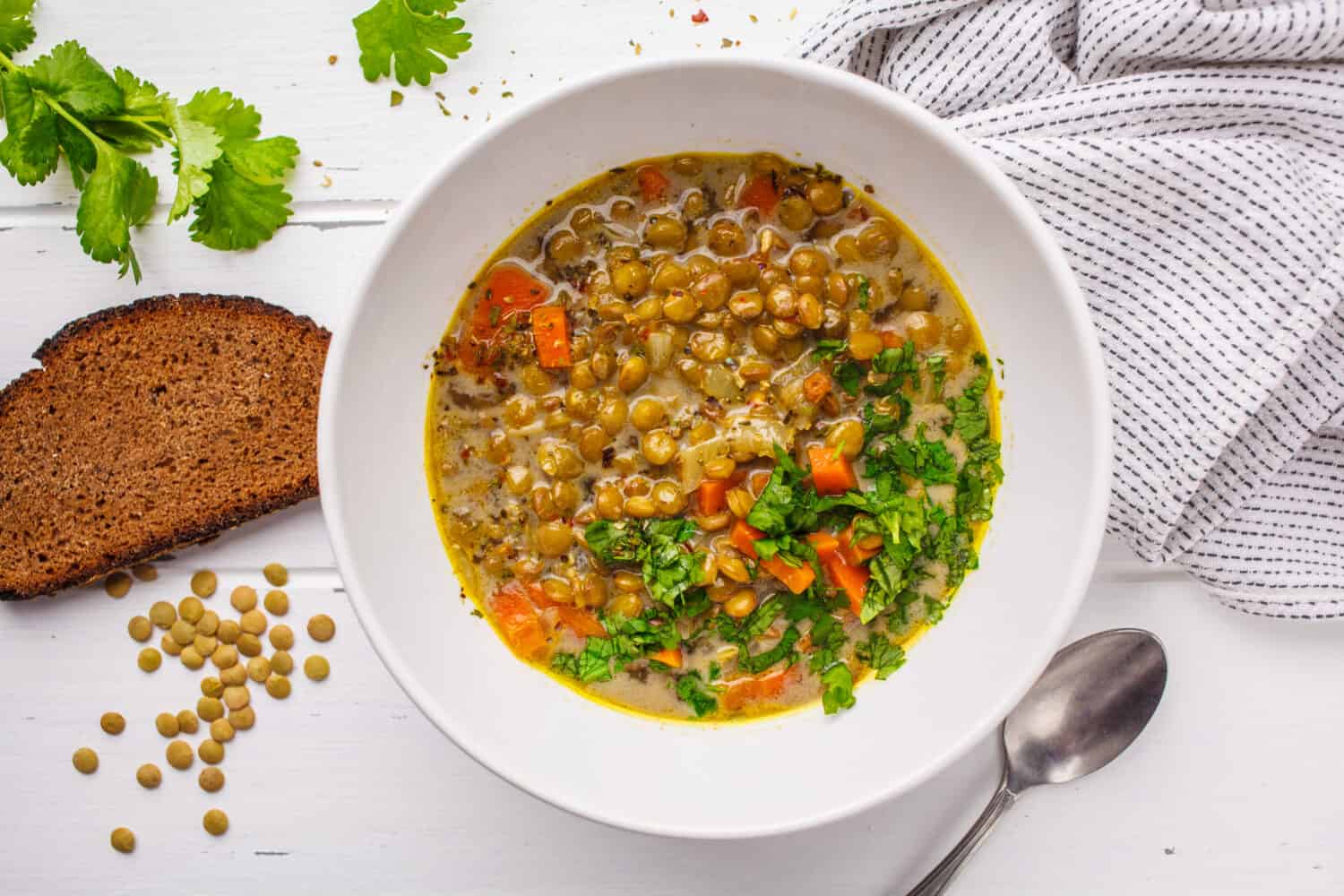
©Nina Firsova/Shutterstock.com
Storage of Lentils
Not sure when to have lentils as part of a meal but want to have them in your kitchen pantry anyway? No worries, we’ve got you. It’s possible to store them for up to even 1 year provided the conditions are favorable.
Uncooked lentils require a cool and dry place away from any kind of light. Remember we mentioned that lentils are seeds. This means they can grow when moisture and warmth become part of the storage space.
Boiling is another method of preservation since it makes the actual cooking easier. Boil the lentils then store them in your fridge or freezer in preparation for your next meal plan. If you boil them but don’t plan to cook and eat them any time soon, store them up in the freezer for convenience.
However, be sure not to overstore them in the fridge since something might go wrong. Anything more than a week may be quite disastrous as the temperatures in your fridge may render your lentils not too welcoming after that!
What are Chickpeas?
Most of us have only heard it from friends or colleagues but haven’t exactly had the chance to have a one-on-one with them. Even more surprising, you may have indulged in a meal that contained them but never really knew it until later.
Chickpeas, also called garbanzo beans, are protein-rich legumes that are fast becoming popular in the modern world. They are seeds just like lentils, but you may have noticed they adopt the shape of chicks, especially with one part pointed, resembling that of a chick’s beak.
Origin of Chickpeas
History records the first appearance of chickpeas in some parts of Europe, namely, France and Turkey. Its popularity grew and somehow, they found their way into India, which is revered as the world’s largest producer of chickpeas.
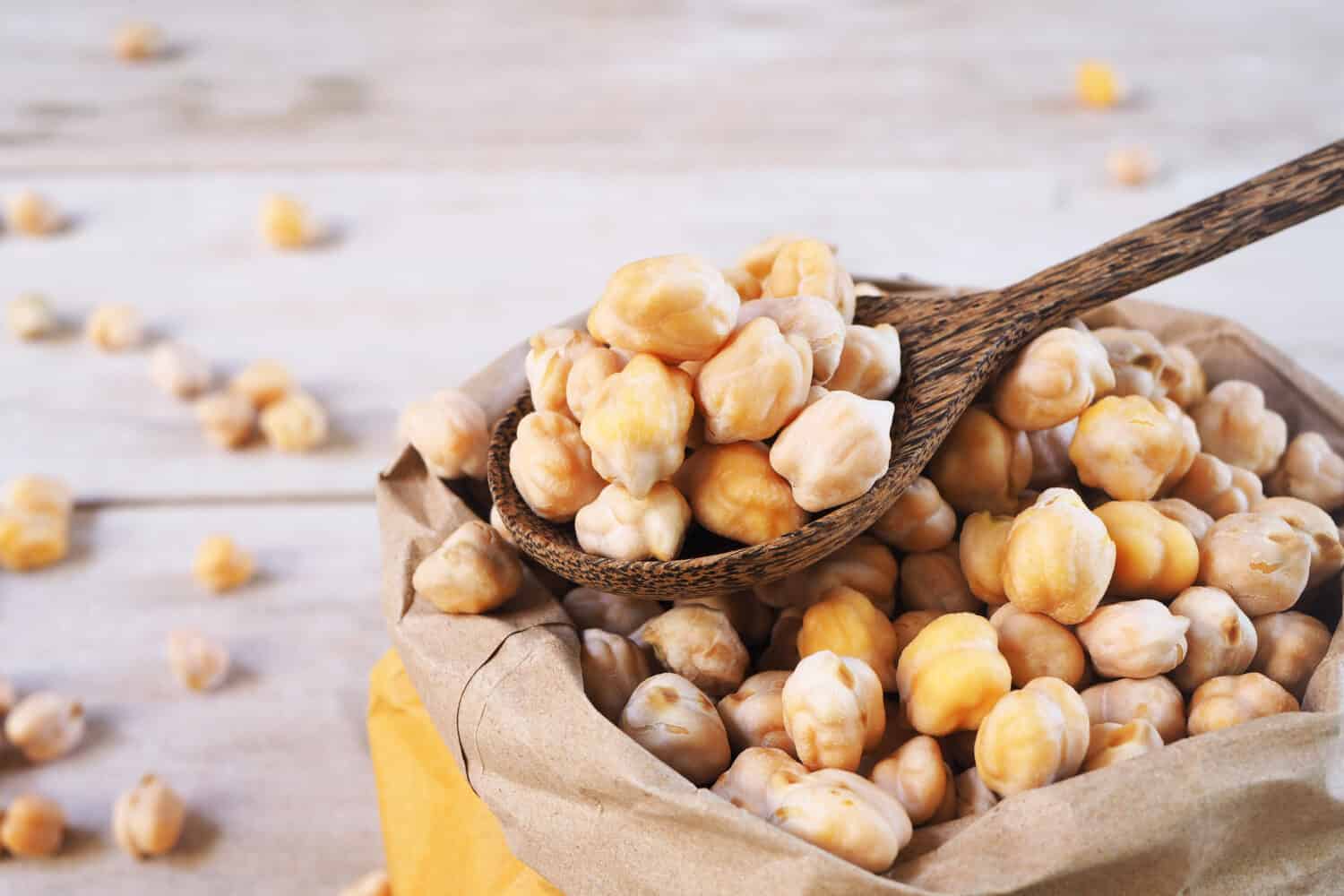
©PageSeven/Shutterstock.com
More than 50 countries worldwide have adopted chickpea farming as they have observed its numerous benefits. It’s safe to say that you can’t miss chickpeas somewhere close to where you live, in case you’d like to try it out.
Chickpeas were domesticated not too long ago since they proved to be quite useful in sustaining human health accordingly.
How To Cook Chickpeas
Cooking becomes even more fun when you know what you’re doing. To some people, the fun lies in the learning process especially when it’s all too new to them. Cooking chickpeas is one way to put your creativity to the task. You can never know what masterpiece you’ll create once your recipe is done and dusted.
- The must-have convenient reference guide for every home cook!
- Includes more than 8,000 substitutions for ingredients, cookware, and techniques.
- Save time and money on by avoiding trips to grab that "missing" ingredient you don't really need.
Cooking chickpeas is as simple as sorting them out in case of any dirt or other foreign particles. Rinse them thoroughly then boil them for about 2 hours. Once it’s soft and palatable, feel free to cook it to your desired taste and add all the ingredients and spices that would make them stand out.
Health Benefits of Chickpeas
Chickpeas do have their fair share of nutritional value contribution to every meal they are made a part of. They contain various minerals and nutrients such as protein, copper, fiber, and manganese, to mention but a few.
The nutritional value of a cup of cooked chickpeas is as follows; 14.5g proteins, 12.5g fiber, 4.2g fat, and 45g carbs.
Here are the health benefits to look forward to;
- Helps in weight management: Adding chickpeas into your diet means you don’t have to be snacking unnecessarily all the time. This is because chickpeas possess the superpower of keeping you feeling full for hours on end.
- Improves digestion: Chickpeas may be the solution to your digestion issues thanks to their rich fiber content. It also facilitates the promotion of healthy bacteria that keeps your gut clean, healthy, and fully functional.
- Promotes brain health: Chickpeas contain choline, which plays a significant role in healthy brain development. This means children in their early years of life must partake of this healthy meal to enable healthy cognitive functions. The presence of magnesium in chickpeas is another key player in the maintenance of healthy nerve function.
- Quite affordable: If you find other sources of protein to be quite expensive, chickpeas are your go-to suggestion. They are considered pocket-friendly and easily available.
Storage of Chickpeas
Now that the difficult part is over and done with, let’s deal with proper storage, shall we? You’ve tasted and seen that chickpeas are not so bad after all. All the more reason to make it last longer on your watch.
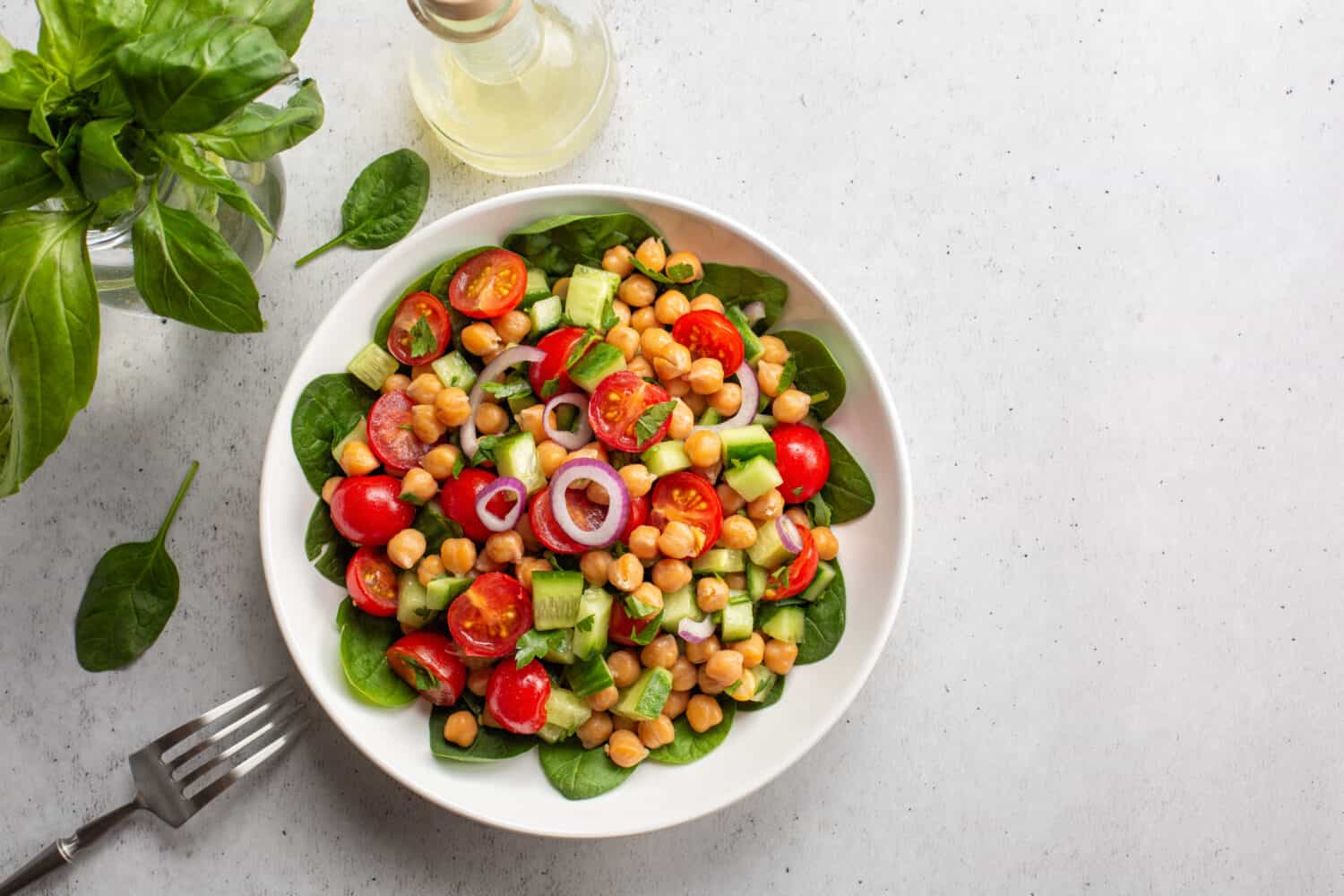
©OlgaBombologna/Shutterstock.com
The storage terms and conditions for chickpeas are almost the same as for lentils. You simply have to ensure your storage conditions are spacious, dry, and not lit at all. Most importantly, check that you clean your storage space as frequently as possible.
When cooked, your refrigerator should be your trusted companion. It wouldn’t make any sense to cook it to perfection and leave it lying around and allowing bacteria to have their way. Cool temperatures from the fridge make the bacteria inactive, making your chickpeas stay fresh and sumptuous for a long time.
Can you Substitute Lentils for Chickpeas?
Most definitely! A detailed look at our comparison of the two so far draws the conclusion that one can stand in for the other in case of anything. Let’s start with the nutritional composition. They are both very rich in protein, which is quite efficient in your everyday recipes.
Next, their health benefits correlate, making it easier for you to take your pick if you were to choose just one of the two.
Last, but not least, it’s not so difficult to find them in stores, but just in case one runs out, you are sure to pick the other. Think about this the next time you’re drafting your grocery shopping list.
They both work for anyone looking to shed a few pounds. So, if this is you, one of the two may help you control your appetite in a healthy way.
Are Lentils and Chickpeas the Same Thing?
There are a few factors that will help you check that the two are not the same. One of them is appearance. It’s quite easy to tell the two apart as they are shaped differently and the colors also stand out in their own ways.
They are also not the same thing because the tastes vary greatly. You won’t need to be a regular eater to tell the difference. Your taste buds will pick up the distinct flavors the moment you take the first bite.
The texture is another factor that will readily inform you that the two are totally different. From our notes above, lentils take a much shorter time to cook than chickpeas, which take about two hours or more.
What are Substitutes for Lentils?
Substitutes make it easier to plan meals in case the one you want to eat is not available for some reason. Here are ideal substitutes for lentils;
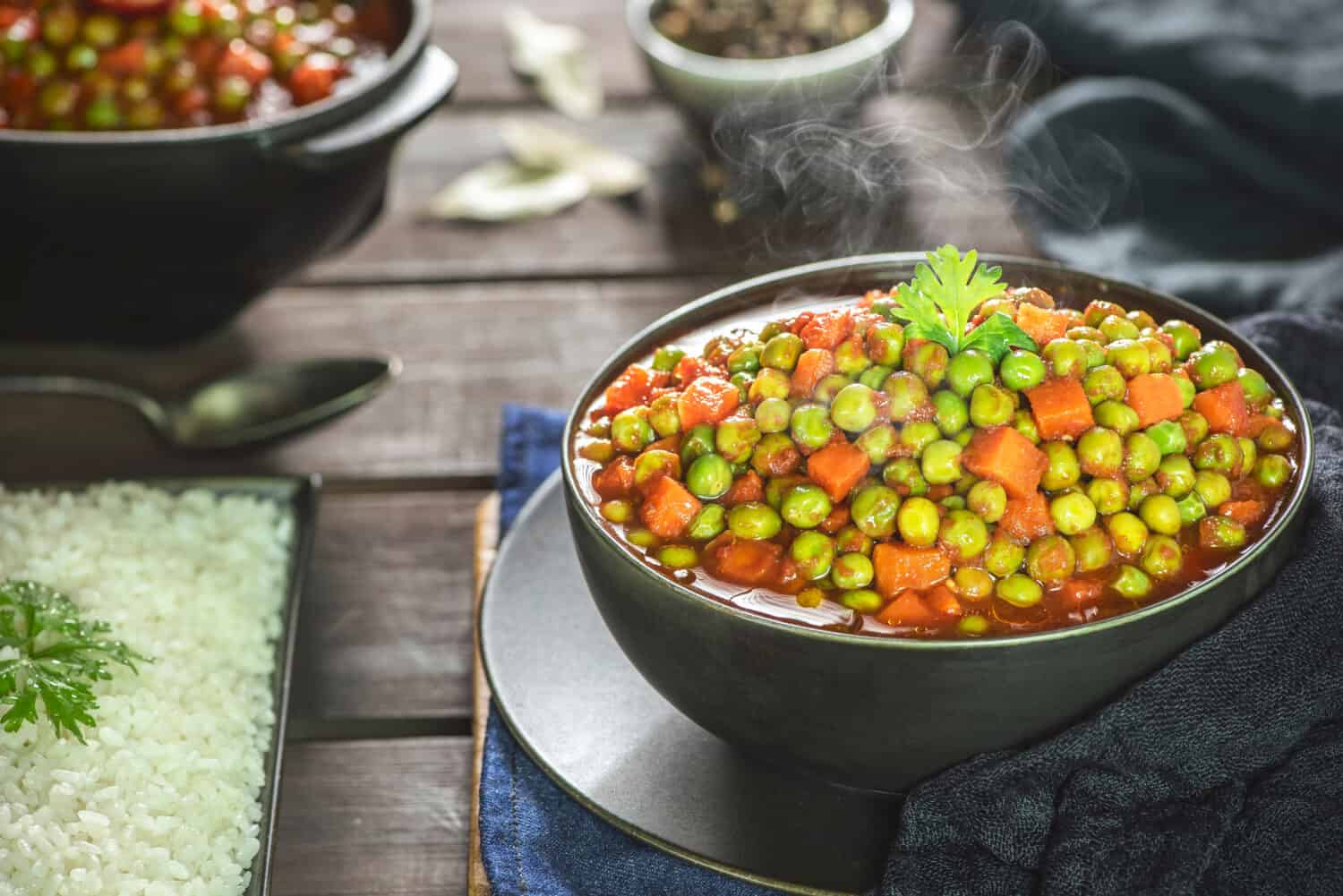
©Dina Saeed/Shutterstock.com
- Chickpeas: They are the number one suggestion on this list because of their high protein levels. Chickpeas are versatile and can make sumptuous stews just like lentils.
- Beans: These are also leguminous by nature and would gladly stand in for lentils in case your taste buds need a change of taste but with the same rich protein levels.
- Peas: Again, these are legumes and are worthy to be used instead of lentils. You can add spices of your choice and have that savory smell hitting every corner of your house.
- Tofu: Most of us revere tofu for its tender texture which makes it a viable option for those with digestion issues. It also works for those with the plan to shed a few pounds. Tofu’s got your back since it’s low in calories and definitely high in protein.
- Peanuts: They are quite distinct from all our other choices due to their texture. Another thing that makes them stand out is their versatility. You can include them in your snack schedule, baking cakes, roasting for use on your sandwich as a spread, and so on.
What are Substitutes for Chickpeas?
Just like lentils, chickpeas also have substitutes that keep the meal plan moving swiftly, whether they are available or not. Here they are;
- Lentils: Their nutritional makeup is identical to that of chickpeas and one wouldn’t go wrong having them as a substitute. The chief nutrient in lentils is protein, which is available in chickpeas too.
- Cannellini beans: These are beans that stand out because of their color, which is cream white. Cannellini beans are a great source of protein and fiber, which play significant roles in promoting good health generally.
- Soybeans: These have been missing out in action but they are back like they never left. Soybeans make good substitutes due to their unique taste and rich nutrient levels. Using them instead of lentils means they play just about every role that lentils play in your body. The only difference might be in the outward appearance.
- Peas: Need we say more? Being the leguminous option that they are gives them the tickets to your meal plans. Having peas once in a while in the place of lentils assures your body that they are simply picking up from where lentils left.
- Black beans: It’s the beans again. Not complaining though, our bodies need them. Black beans are nutritious but their taste will let you know immediately that you’ve shifted gears to something else. Their nutritional value resembles the chickpeas but the flavor and smell might be the ones to awaken your senses.
A Quick Comparison of Lentils vs. Chickpeas
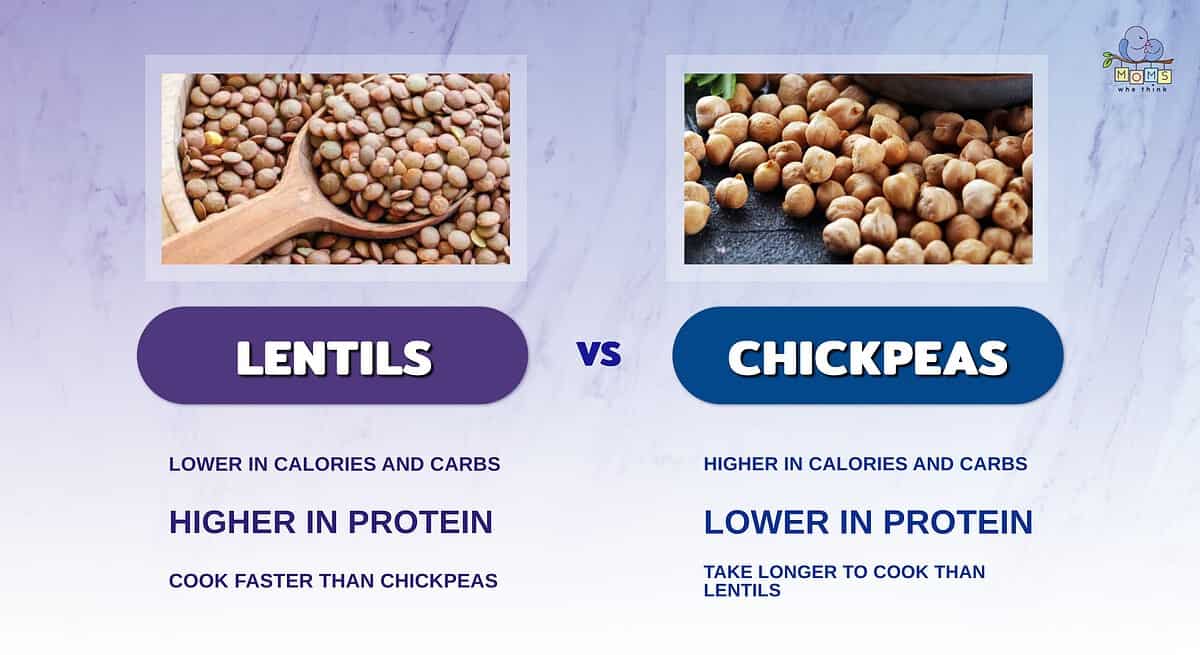
Lentils and chickpeas are both high in protein, but lentils do end up winning in that category. Both foods are a great choice if you're looking to build muscle or otherwise increase your protein intake. Chickpeas are higher in calories, but not by much. They do have more fat, but this is mostly unsaturated fat, so it isn't too big of a deal. Perhaps one of the most important differences is regarding cook time; lentils cook a lot faster than chickpeas, making them ideal for a busy night. Both of these foods are worth trying if you haven't already!
Give this hummus recipe a try:
PrintRed Pepper Hummus
Ingredients
2 (15 ounce) cans chickpeas, rinsed and drained
3 garlic cloves
1/2 cup jarred roasted red pepper, drained
1/2 cup tahini
1/4 cup water
2 Tablespoons olive oil
1 1/2 teaspoons salt
1/2 teaspoon ground cumin
1/4 teaspoon ground red pepper
1/3 cup fresh lime juice
Instructions
1. Blend all ingredients in a food processor until smooth, scraping sides often.
2. Cover and chill until ready to serve. Makes 3 1/2 cups.
